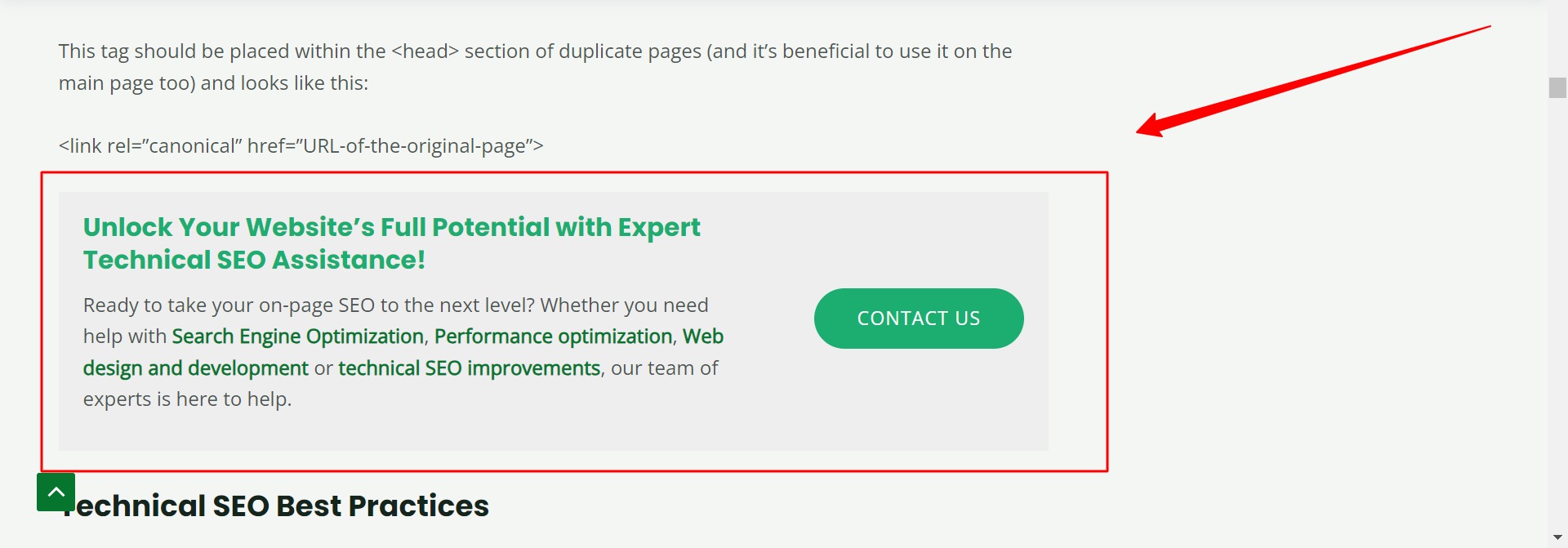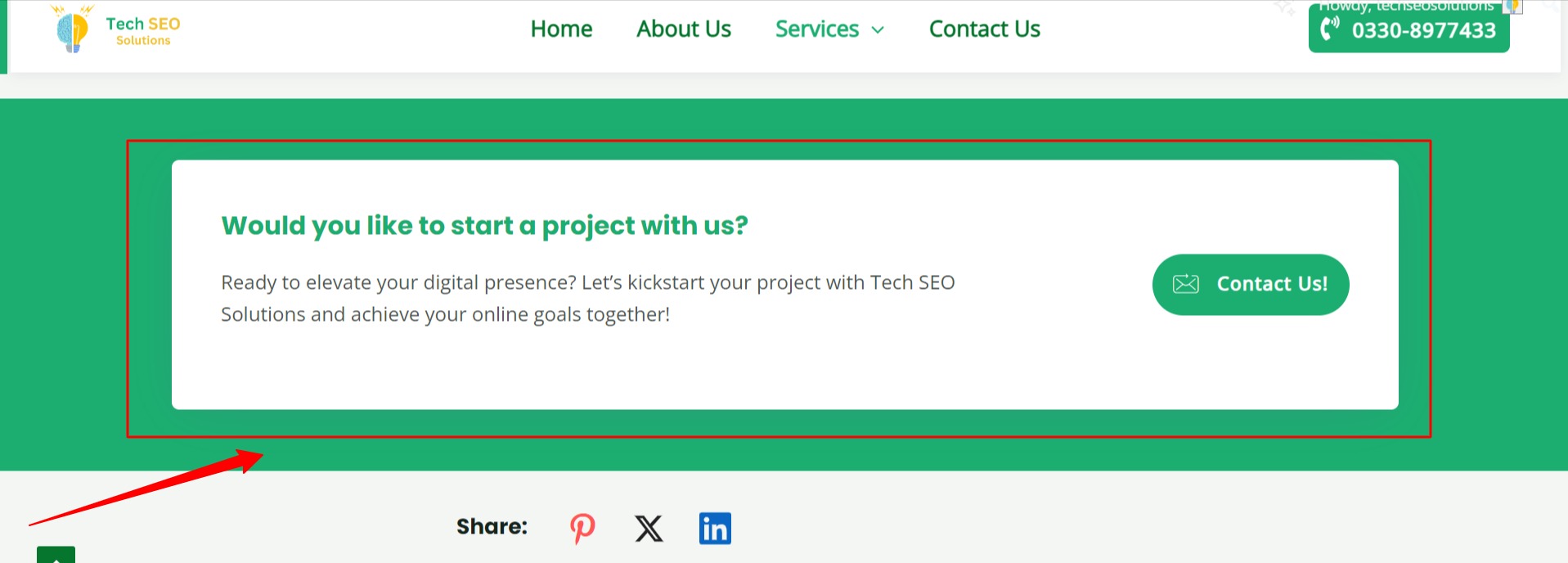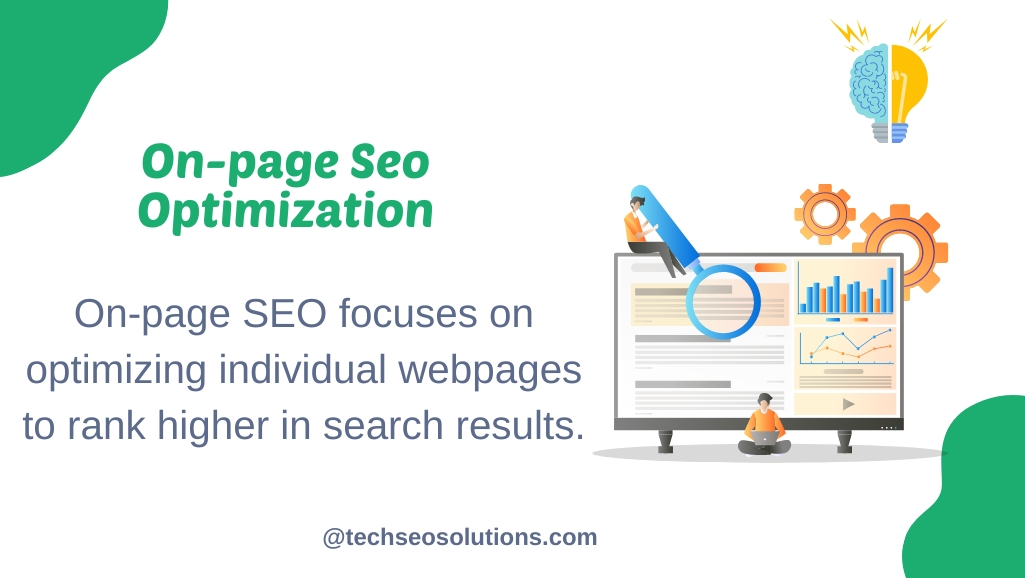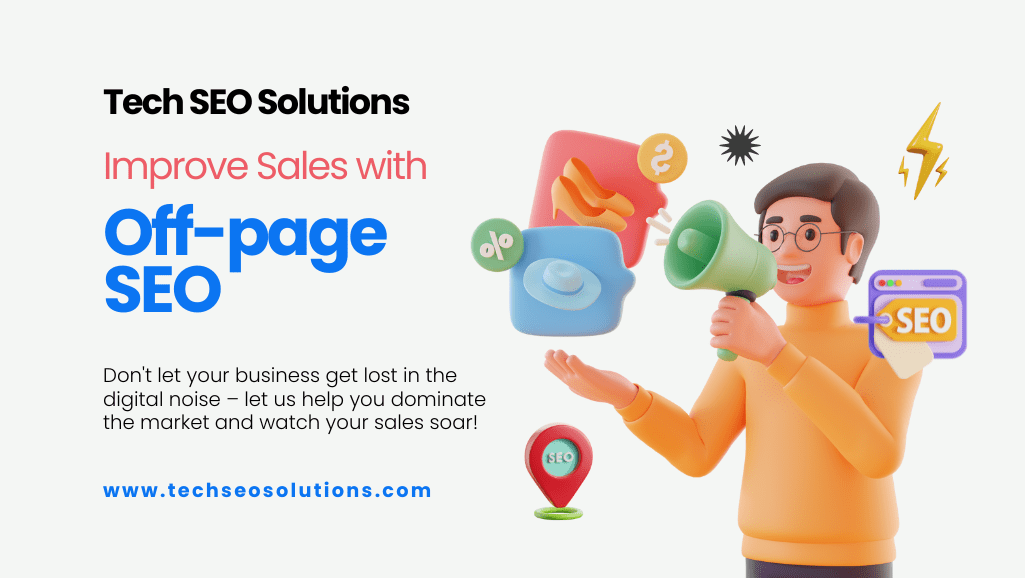Content writing involves strategizing, crafting, and publishing various forms of written content online, such as articles, blog posts, product descriptions, and marketing copy. The primary objectives of content writing include informing, educating, and persuading readers. This versatile practice serves multiple purposes in digital marketing:
- Enhancing brand visibility
- Driving traffic to websites
- Generating leads
- Boosting search engine rankings
- Establishing authority and credibility in the industry
Table of Contents
Why Is Proper Content Writing Important?
When discussing ‘content writing,’ many immediately think of ‘writing articles.’ However, content creation extends far beyond blog posts. It’s critical for various content formats, such as:
- Video scripts
- Email newsletters
- Keynote speeches
- Social media posts
- Podcast titles
- White papers
- Web page copy
- Landing pages
- YouTube video descriptions
In essence, writing serves as the cornerstone for virtually all content types you publish.
What Are Some Of The Best Practices For Content Writing?
Create an Outline
Developing an outline is a crucial initial step in the content creation process.
Outlines offer significant benefits for your content:
Firstly, they organize your thoughts systematically, accelerating the writing process compared to spontaneous writing.
Secondly, outlines provide a clear structure for your content. They enable you to view your material from a higher perspective, which is difficult to achieve during the writing phase.
Moreover, having an outline ensures that your final content covers all the key points you intended to address from the outset.
Now, let’s delve into how to create an effective outline.
For creating a robust outline, start by compiling the headings from the top 10 ranking pages in the SERP. This involves gathering and organizing all the main headings and subheadings used by these top-performing pages. By doing so, you capture the comprehensive structure and key topics covered across these competitive pages.
Next, synthesize these headings into a cohesive outline that integrates the main themes and content ideas from the top-ranking competitors. This outline should serve as a blueprint, encompassing all relevant headings and subtopics identified from your research of the SERP.
In essence, compiling and structuring the headings from the top 10 ranking pages ensures that your outline is comprehensive and aligned with the content strategies that have proven successful in your niche. This approach helps to guide the development of your content in a way that addresses key user intents and optimizes for search engine visibility.
Make It Easy For Readers To Consume and Share
Creating highly readable and shareable content is essential for achieving success in content marketing.
Even with expertly crafted posts, if your content is difficult to digest, it won’t attract readership.
Here are effective strategies to enhance readability, skimability, and shareability of your content:
Focus on Conciseness, Depth, and Engagement
Whether your topic is content creation or automotive industry insights, your writing must captivate and retain audience interest to prevent bounce rates.
The approach to capturing attention varies by format:
For blog posts, emphasize clear formatting and structure.
Use short paragraphs and incorporate visuals like screenshots to maintain reader engagement.
When recording audio content, ensure your dialogue is succinct and avoids complex parenthetical statements, which can confuse podcast listeners.
In essence, the success of your content hinges on its ability to engage effectively across all formats, beginning with the content creation phase.
Quotable On Social Media
According to our study, a minimal number of blog posts receive shares or backlinks.
To boost your content’s chances of ranking in search engines and getting shared on social media, incorporate shareable quotes.
For written content, highlight impactful statements within your post.
For YouTube videos, extract and share brief, engaging snippets on platforms like LinkedIn.
Ensure these quotes are prepared before publishing your content, and strategically highlight them to maximize engagement and shareability.
Choose Interesting Angles
With 2.3 million blog posts published daily, generic content won’t attract visitors.
To drive traffic, your content needs a compelling angle.
An angle is the unique hook that sets your content apart from others on the same topic.
It could be a personal story, a touch of controversy, or a visually superior presentation.
Choosing the right angle depends on your target audience and what resonates with them.
Make It Actionable
In most niches, content can’t just be entertaining or informative—it needs to be exceptionally useful to succeed in content marketing.
Here’s how to ensure your content is super useful:
- Include a Step-by-Step Process: Rather than compiling tips from other sources, organize your advice into actionable steps. This transforms your content into a practical guide that readers can easily follow.
- Use Examples: Real-life examples make your content more relatable and easier to implement. Incorporate relevant examples to enhance clarity and practicality.
- Keep it Up-to-Date: Regularly update your content to maintain its relevance. An outdated step or example can undermine the value of an otherwise excellent piece. Aim to review and refresh your content at least once a year.
Make it Trustworthy
For your content to be shared and linked to, it must first be trusted. While design influences trust, the quality of your writing is crucial.
Here are some tips to enhance the trustworthiness of your content:
- Use Proper Grammar: Tools like Hemingway Editor or Grammarly can help you polish your writing and maintain professionalism.
- Do Your Homework: Research thoroughly and include references to demonstrate your expertise. For example, whenever we create a guide, we incorporate numerous statistics and references to back up our claims.
- Leverage First-Hand Experience: Write about topics you have personal experience with. Content written by subject matter experts is rare and highly valued. Unlike content from random freelance writers, expert-driven content is more trustworthy and credible.
Give it a Magnetic Headline and Introduction
Most visitors spend only 15 seconds on an article before leaving. With such a short window, your headline and introduction are crucial.
Here’s how to craft headlines and intros that engage readers:
- Craft Longer Headlines: Headlines between 14-17 words perform best in terms of shares, according to a study of 900 million articles. Longer headlines are linked to increased social sharing.
- Incorporate Emotions: Add emotional triggers to your titles to make them more compelling.
- Keep Introductions Short: Aim for 4-8 sentences for your intros. Avoid long-winded openings like those on recipe sites. Get straight to the point.
- Preview Your Content: Use bullet points in your intros to outline what readers can expect to learn. This helps hook their interest right from the start.
Write unique content, and go above and beyond what you find online
Whenever I start a new blog post like this one, I begin with extensive online research—but that’s just the beginning.
After Googling relevant topics, such as “content writing tips,” I create an outline using some of the information I find.
However, merely copying and pasting existing information won’t help your piece rank. Plus, readers will lose trust in your brand if they notice you’re not providing original insights.
Once I have a rough outline which consists of about half information from online research, I fill in the remaining half with unique, original insights. If I have personal experience with the topic (like “content writing” since I am a content writer), I’ll add original anecdotes, tips, or personal examples.
For topics I’m less familiar with, I don’t just rely on existing online content. Instead, I reach out to internal experts at HubSpot or use other original company resources.
I also conduct external outreach through my social networks to find reputable sources who can provide tips, quotes, or original examples to enrich my piece.
Additionally, I explore a variety of sources—such as YouTube, LinkedIn, Reddit, Quora, and podcasts—to ensure my content is comprehensive and unique.
The goal is to provide something readers can’t find elsewhere on Google. As a skilled content writer, it’s your job to elevate your content to the next level.
Optimize your content for Users
Your writing can be exceptional, but it won’t reach your audience unless it’s SEO-optimized. As a content writer, mastering SEO is crucial. An SEO-savvy writer ensures that content ranks well on various platforms, whether it’s YouTube, Google, or social sites like Instagram.
Additionally, SEO helps you identify the most popular topics related to your products or services and ensures you cover the right subtopics within your content. For example, “What is content writing?’ is a keyword phrase I discovered through keyword research on the broader topic of “content writing.” Without this research, I might not have realized what the readers were specifically looking for.
Learning essential on-page, off-page and Technical SEO tactics helps you become more attuned to your readers’ needs and challenges, ensuring your content effectively addresses those challenges.
Add relevant calls-to-action
As a content writer, your goal isn’t just to create engaging content. Your primary objective is to convert readers, listeners, or viewers into prospects and customers. To achieve this, you need to strategically include relevant CTAs (calls to action) throughout your content, especially those that provide additional value on the topic.


CTAs should be seamlessly integrated and genuinely valuable, rather than jarring or off-putting. Ensure that your content consistently guides the audience towards various business offerings, ultimately transforming viewers into prospects and customers.
Incorporate original quotes from thought leaders
No matter how skilled a writer I am, my readers might not want my personal advice on gardening related issues. That’s why, instead of handling the topic myself, I collaborated with a subject matter expert to offer well-researched, practical tips that elevate the content. Even if you’re an expert, incorporating alternative opinions can create a more well-rounded argument.
For instance, if you’re writing a blog post like “Video vs. Podcast: Which Is Better For Your Business?”, try to include quotes from podcasters and video producers, or even internal colleagues who are passionate about the subject.
Expert quotes and original insights not only impress readers but also show that your content provides unique value that can’t be found elsewhere on the web. That’s a powerful advantage.
Show The Readers That this Content is Valuable For Them
Imagine you’re creating an ebook titled “A Comprehensive Guide to Excel.” It might not have been the most thrilling part of your English major, but think about your readers. They might download your ebook out of necessity for their jobs, but they won’t be particularly excited about it.
Consider, however, the critical role Excel plays in specific functions. For instance, it can help a company’s financial department analyze year-over-year performance to determine the marketing team’s budget for the next year.
This budget is crucial for the company’s growth and ability to attract and convert new customers. Without it, the marketing team can’t effectively increase brand awareness, ultimately impacting the business’s success.
When you realize that Excel is tied to job security and business performance, it suddenly becomes more engaging. Content writing isn’t just about crafting beautiful sentences; it’s about explaining why a topic matters and how your content can help readers improve various aspects of their lives—whether in work, family, health, or travel. Now, that’s purposeful content.
Optimize Your Open Graph Tags
Open Graph tags play a crucial role in how your content appears on social media and other platforms.
To optimize how your links are displayed and attract clicks, you can set up og:title, og:description, and og:image attributes. This can be done using CMS plugins or by manually adding these tags to your HTML <head> section.

You can use tools like OpenGraph.xyz to test and preview your Open Graph tags before publishing.
Additionally, ensure your website includes social sharing buttons to encourage readers to share your content easily. This strategy not only boosts brand visibility but also drives valuable traffic to your site.
Tell Readers What to Do Next
Conclude your content with a clear call to action (CTA) to guide your readers on the next step.
This encourages them to engage further—whether it’s exploring additional posts, subscribing to your newsletter, or discovering your product offerings.

In content marketing, the goal is to establish connections and prompt action. Readers who reach the end of your content are often primed for further engagement with your brand.
Track conversions using tools like Google Analytics to gauge the effectiveness of your content strategies.
AI-Content Writing
Generative AI has become a significant tool in content creation, with platforms like ChatGPT and Google’s Bard enabling writers to generate blog posts, titles, and more simply by asking. However, it’s crucial to understand that AI doesn’t replace human input but rather supports it.
Here are essential tips for integrating Generative AI into your content strategy effectively:
- Provide clear context: When using AI, give it detailed information about your content’s theme, objectives, and target audience. This clarity helps tailor the AI’s output to align with your goals.
- Specify details: Communicate specific requirements such as desired keywords, post length, and structural preferences (like bulleted lists vs. paragraphs). The more specific your instructions, the better the AI can assist.
- Refine your prompts: If the initial AI output doesn’t meet your expectations, refine and iterate your prompts until you achieve the desired results. Adjusting prompts helps in obtaining more relevant and useful content.
- Use AI for summarization: Save time in research by using AI to summarize lengthy passages or articles into concise bulleted lists. This approach provides quick access to key insights that inform your writing process.
- Maintain your voice: While AI is a powerful tool, it’s essential to inject your personal style and perspective into the content. Avoid relying solely on AI-generated text without adding your unique touch, as this ensures your content remains authentic and engaging.
Incorporating Generative AI into your workflow can streamline content creation, but remember that human creativity and expertise are irreplaceable in crafting compelling and original content.
Conclusion
In conclusion, content writing stands at the intersection of creativity and strategy, where words have the power to inform, persuade, and inspire action. It’s more than just crafting sentences—it’s about understanding your audience, mastering SEO techniques, and harnessing the capabilities of generative AI to enhance productivity.
By embracing a structured approach that includes thorough research, effective use of tools like ChatGPT and Google’s Bard, and a commitment to maintaining your unique voice, you can consistently create content that resonates with readers.
As we navigate the evolving landscape of digital marketing, the role of content writing remains pivotal in driving engagement, building brand authority, and ultimately, achieving business objectives.
Whether you’re aiming to boost website traffic, nurture leads, or establish thought leadership, content writing serves as the cornerstone of your online presence.
Remember, successful content writing isn’t just about filling pages with words; it’s about delivering value, sparking conversations, and leaving a lasting impression on your audience.
By continuously refining your skills, adapting to new technologies, and staying attuned to industry trends, you can position yourself as a trusted authority in your niche.
So, as you embark on your content writing journey, embrace creativity, harness the power of data-driven insights, and always strive to exceed expectations.
By doing so, you’ll not only captivate your audience but also drive meaningful results for your business in the dynamic digital landscape.



